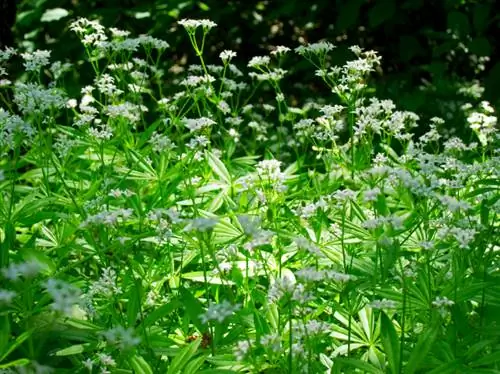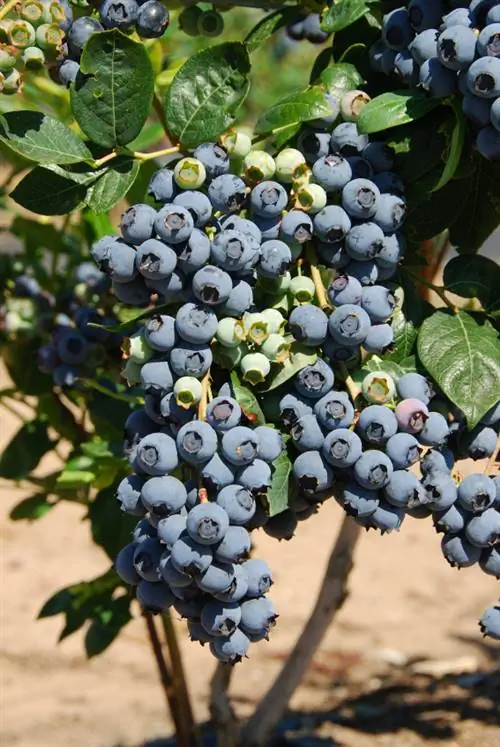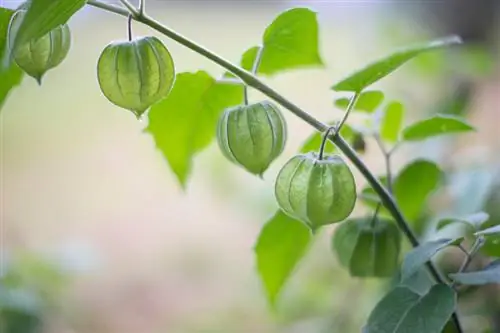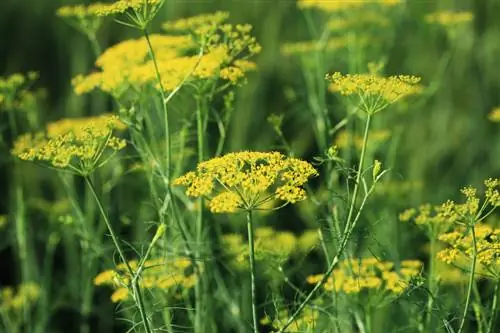- Author admin [email protected].
- Public 2023-12-16 16:46.
- Last modified 2025-01-23 11:20.
The woodruff is an aromatic and medicinal plant that has been collected and preserved for kitchen use for centuries. With appropriate care, the plant can also be grown as a ground cover in the garden.
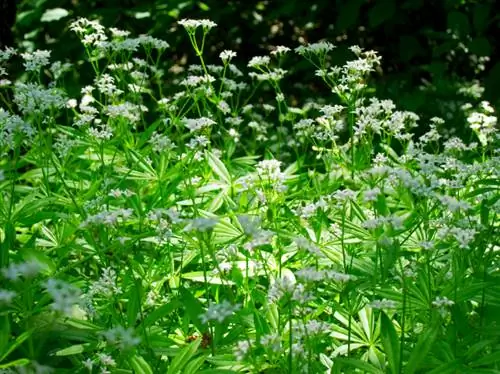
How do I care for a woodruff in the garden?
Woodruff care includes regular watering without waterlogging, little to no fertilization, preferring a location with shade or partial shade and harvesting before flowering. Harvesting should not be carried out in the first year after sowing to allow the roots to grow undisturbed.
How often should woodruff be watered?
In its wild locations in the forest, the rain often only reaches the woodruff indirectly via the moisture-retaining forest floor. The plants should not get waterlogged even if they are grown in a pot or under a tree in the garden. However, they thrive particularly well if you keep the soil evenly moist and thus mitigate extended dry phases.
Can you transplant woodruff?
The woodruff's roots are relatively delicate and sensitive, so it should only be transplanted with great caution and in mild weather conditions. Growing the seeds and then planting them out is usually not worth it with woodruff. It is usually sown directly on site as a frost germinator between September and December. If the woodruff spreads too much in one place in the garden, it can best be transplanted in autumn.
When do you cut and harvest the woodruff?
For visual reasons, woodruff hardly needs to be cut, as even with good care it reaches a maximum height of around 30 centimeters. Therefore, the cut is actually only made to use the stems and leaves as a flavoring for the following products:
- Berliner Weisse
- Maibowle
- Waldmeister lemonade
- Woodruff ice cream
You should be particularly careful with children, as the coumarin contained in woodruff can be harmful to he alth if overdosed. Since the coumarin content increases significantly from the flowering period in April and May, it should be harvested and dried or frozen beforehand if possible.
What to do if the woodruff is not thriving?
The plant is not very susceptible to diseases and pests, so growth problems are usually due to location factors such as sunlight, water supply or soil conditions.
Do you have to fertilize woodruff?
Woodruff does not require any special fertilization; piling up leaves around the plants is sufficient to provide nutrients.
How do you care for the woodruff in winter?
In most locations, the woodruff is hardy without any problems, but in exposed or higher altitudes, winter cover with some leaves can have a positive effect on growth in spring.
Tips & Tricks
In the first year after sowing, the woodruff should not be harvested so that the fine root system can develop undisturbed.

